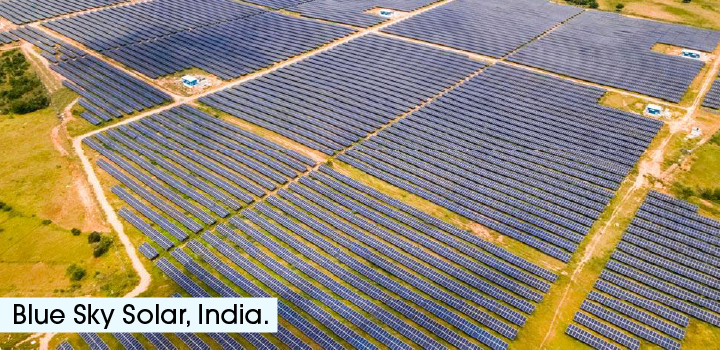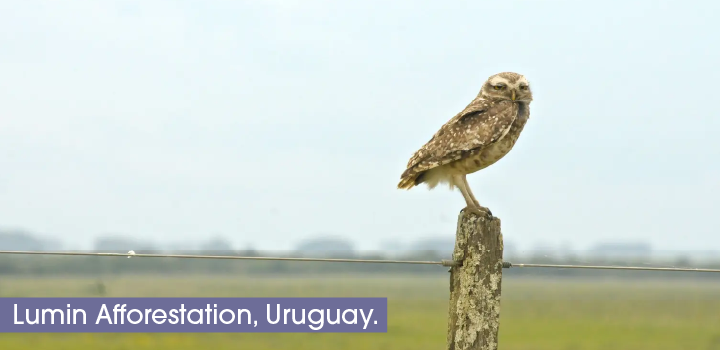Our carbon offsetting projects for 2025
2025 is our 7th year of achieving annual CarbonNeutral® company and fleet certification.
Shred Station first achieved annual CarbonNeutral® company and fleet certification in January 2019. But that wasn’t enough for us!
In 2024, we went one step further, having our historic internal emissions from our formation in 2008 – 2019’s certification assessed and offset in their entirety. This means we are now lifetime carbon neutral! In addition to our historic emissions, 2025 will be our 7th consecutive year of receiving this esteemed certification.
How do we keep achieving carbon neutrality?
Every year, we work with Climate Impact Partners and Nature Positive (an RSK company) to assess our annual greenhouse gas emissions. Nature Positive collates all of this data and generates an annual report that details our carbon outputs. We publish this report on our website for full transparency into our emission sources. As well as offsetting all of the required emissions via Climate Impact Partners, we must demonstrate that we are operating in line with The CarbonNeutral Protocol. This protocol is amended each year, ensuring it is up-to-date with all of the latest climate science. For example, one requirement of the protocol is that we must set science-based CO2 reduction targets. Companies with CarbonNeutral certification cannot just ramp up their emissions without making any efforts to reduce them. Shred Station reduces emissions in many ways, for instance:
- We have recently added electric HGVs to our fleet
- We use HVO in our fuel mix
- We have replaced, at the time of writing, 7 diesel forklifts with fully electric models
- Our head office is powered by solar
- We recycle 100% of the paper we shred and are a Zero to Landfill company
- Much more!
You can learn more about our emission reduction processes on our Corporate Social Responsibility page.
While we can’t avoid producing emissions completely, we can and do reduce them wherever we can. For the emissions we can’t yet reduce, we support verified offsetting projects in the places where support is needed most.
Our offsetting projects for 2025
From this year, we are increasing our percentage of removal-type credits to align with our objective of becoming true net-zero as detailed in our Carbon Reduction Plan. We do, however, wish to continue to support reduction-type projects as long as possible, particularly in countries where there remains a heavy reliance on fossil fuels. Without supporting renewable infrastructure in higher-polluting countries, global carbon reductions would simply not be possible.
Blue Sky Solar, India

The first project we are supporting is Blue Sky Solar. Spread across the states of Uttar Pradesh, Telangana (pictured above), Andhra Pradesh and Gujarat in India, the Blue Sky Solar project generates clean energy for the world’s third-largest polluting country.
With a combined capacity of 480MW of solar power, this project fosters sustainable growth within India’s energy sector. India is increasing its renewable energy usage, but the majority still comes from non-renewable sources such as coal. Support for renewables in India is, therefore, crucial in the fight to reduce global warming.
This project works towards four of the Sustainable Development Goals:
- Goal 7: Affordable and Clean Energy
- Goal 8: Decent Work and Economic Growth
- Goal 9: Industry, Innovation, and Infrastructure
- Goal 13: Climate Action.
Lumin Afforestation, Uruguay

The second project we are supporting is the Lumin Afforestation Project in Uruguay, similar to the Uruguayan afforestation project we supported in 2024.
Uruguay’s tree cover has decreased 23% since 2000. Without carbon finance, tree planting isn’t a profitable form of land use for the locals. Because of this, areas like those supported by the Lumin Afforestation project have become overgrazed by cattle. This has led to soil erosion and the degradation of grasslands.
By planting eucalyptus and pine trees in the region, the area is now flourishing with wildlife, particularly birds.
The Lumin Afforestation Project, which is certified by the Forest Stewardship Council, supports three sustainable development goals:
- Goal 8: Decent Work and Economic Growth
- Goal 13: Climate Action
- Goal 15: Life on Land
A huge thank you to Climate Impact Partners and Nature Positive for working with us once again to achieve this esteemed certification, and to our customers for making this journey worthwhile. We love what we do, and it’s amazing to be able to do it with minimal environmental impacts.
Sign up for our newsletter to receive alerts about new blog articles, data protection advice, and Shred Station news.
